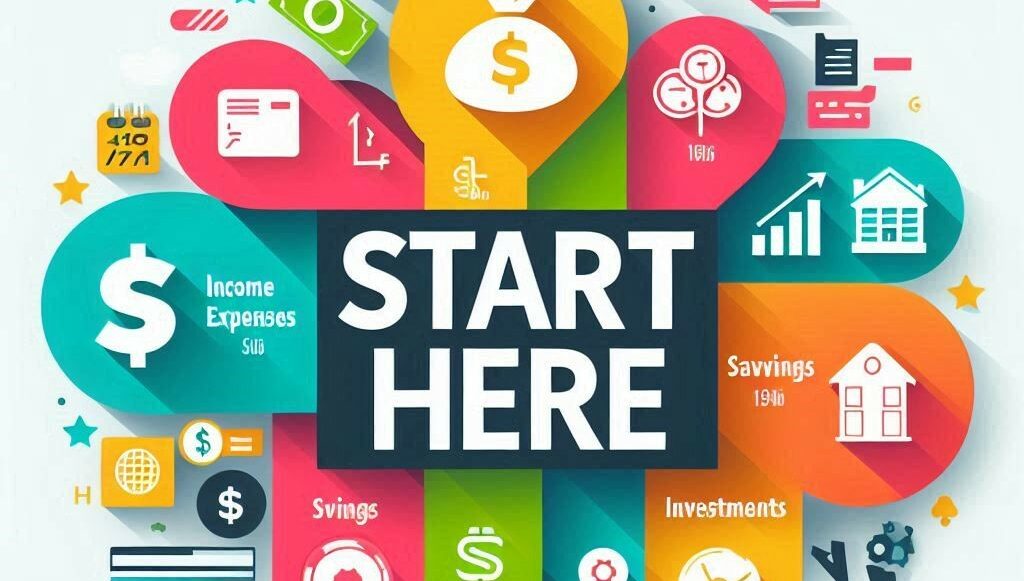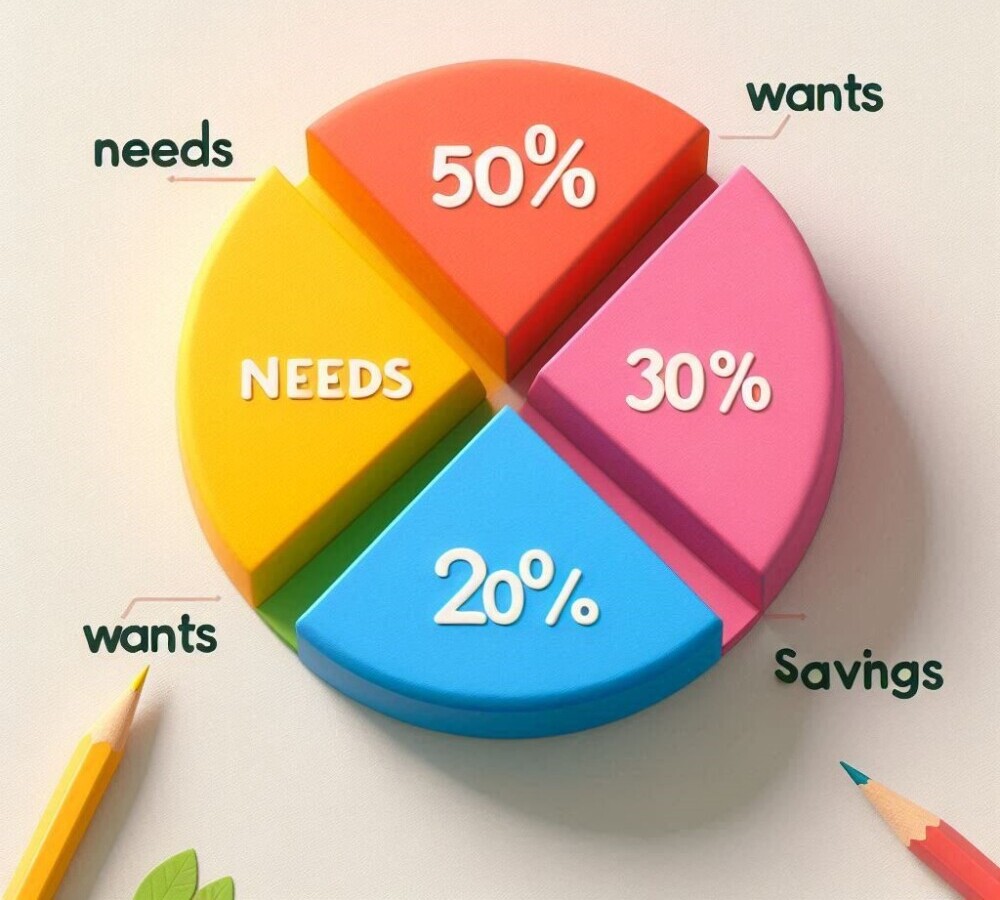Budgeting For Beginners: Where To Start

What is a Budget?
A budget is simply a plan for your money, kind of like a roadmap for how you’ll spend and save. It allows you to see where your money is going, manage your expenses, and ultimately save for future goals. Now, don’t think of budgeting as some stiff financial activity. It’s flexible and should be tailored to fit your lifestyle.
Budgeting is vital for your financial health. Imagine you’re driving without a GPS; you might get to your destination, but not without making a few wrong turns. That’s what living without a budget is like. It helps you navigate your expenses, ensuring that you’re not overspending and that you’re saving adequately.
Which Budget is Right for You?
Some folks think budgets are only for people who are struggling financially or those with loads of money. The truth? Budgeting is for everyone, regardless of your financial situation. Whether you’re surviving on your credit card limits or living off a hefty paycheck, budgeting works.
Types of Budgeting
- Zero-Sum Budget
- 50-30-20 Rule
- Flexible Budgeting
Different budgets cater to different needs. For example, a zero-sum budget allocates every dollar to a specific expense, leaving you with zero at the end of the month because it’s all assigned. The 50/30/20 rule is another method: 50% goes to needs, 30% to wants, and 20% to savings and debt repayment. Flexible Budgeting adjusts the budget based on actual activity levels. It allows you to account for changes in activity, making it more adaptable to varying circumstances.

How do I get started?
There are tons of tools and resources to help you create and stick to a budget. Budgeting apps, spreadsheets, and even old-school pen and paper can work. The key is finding what fits best for you and sticking to it. If you would like some guidance while walking through creating a budget Transforming Finances offers packages that will help you with your budgeting strategy no matter your starting point.
Steps to Create Your First Budget
Starting a budget can seem daunting but breaking it down into steps makes the process super manageable. First, gather all your financial information—think bank statements, bills, any receipts or logging in to your online banking. This gives you a clear view of your income and expenses.
Next you can track your income and expenses for a month. Write down everything: paychecks, side hustles, groceries, coffee runs, and even those impulse buys. This tracking phase helps you understand your spending habits. You can also go back and review your spending for the previous 3 months to get a good idea of your spending habits.
Categorizing your expenses into needs and wants is essential. Needs are your non-negotiable bills like rent, utilities, and groceries, while wants are the extras like dining out, streaming subscriptions, and shopping. This step highlights areas where you can cut back if needed.
Setting financial goals is a crucial part of budgeting. Whether you’re saving for an emergency fund, planning a vacation, or paying off debt, having clear goals motivates you to stick to your budget.
Once you have your categories and goals, it’s time to adjust and monitor your budget. Allocate your income to cover your needs first, then wants, and finally, your savings and goals. Remember, a budget isn’t set in stone. It’s okay to adjust it as you go to better suit your lifestyle. If you think your budget needs a tune-up or you would like us to review your budget click here to submit your budget for review.
Advanced Budgeting Techniques for Long-term Success
Once you’ve got the basics down, a few advanced techniques can take your budgeting to the next level. Start by incorporating irregular income and expenses. Freelancers and gig workers, this one’s for you. Keep a buffer for those fluctuating months, setting aside a part of your peak earnings to cover the leaner times.
Budgeting apps and software can be game-changers. These tools not only help you track spending but also offer insights and recommendations tailored to your financial habits. They can remind you to pay bills on time and even automate savings. Embrace tech to make budgeting easier and more efficient.
Paying down debt should be a priority in any budget. Use strategies like the snowball or avalanche method. Snowball focuses on paying off your smallest debts first, while avalanche targets those with the highest interest rates. Both methods have their merits, so choose what suits you best and stick with it.
Periodic review and adjustment of your budget is crucial. Life changes, and so do your financial needs and goals. Regularly check your budget to make sure it aligns with your current situation and adjust as necessary. This flexibility ensures your budget remains a helpful tool rather than a rigid constraint.
Did you read this post and still feel unsure about what to do next? Transforming Finances can help. Book a free consultation call with us to get started! Visit our Digital Store we look forward to working with you!
Disclaimer:
The information provided in this post is based on my experience and research in personal finance. While I strive to share accurate and helpful insights, this content is for informational purposes only and should not be considered professional financial advice. Please consult a qualified financial advisor for advice tailored to your specific situation.






